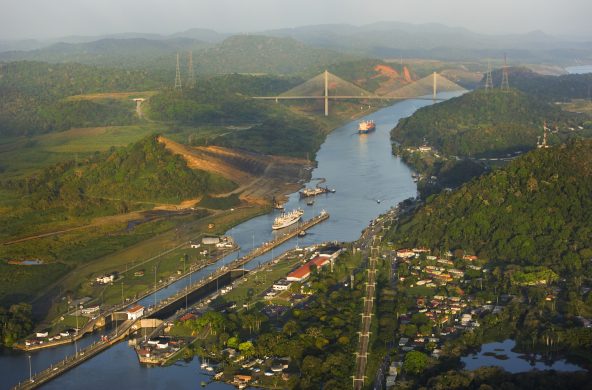A new study by WWF and the Royal Society for the Protection of Birds published Tuesday in the science journal Proceedings of the National Academy of Sciences estimates that establishing global networks of marine protected areas covering 30 per cent of the worlds oceans would cost 12-14 billion US dollar annually.
This is less than the 15-30 billion dollar already spent each year on economically and environmentally damaging subsidies to commercial fisheries, points out WWF.
The report also evaluates that such networks of marine protected areas (MPAs) would help safeguard – and over time increase – a global fish catch worth up to 80 billion US dollar per year, and would ensure the sustained delivery of marine ecosystem services worth an estimated 7.000 billion dollar each year. The report indicates that these MPA networks would generate between 830.000 and 1,1 million full-time jobs.
These first concrete indications on the global cost of establishing MPA networks follow commitments made by governments at the World Summit on Sustainable Development in 2002 to create national networks of marine parks by 2012. WWF stresses that currently only 0,5 per cent of the sea is under protection, compared to 12 per cent of protected land area.
According to the global conservation organization, subsidies to the fishing industry contribute to overfishing and to the overcapacity of the worlds already bloated fishing fleets.
Nearly 75 per cent of fisheries are categorized as overfished or fished to the limit, and large fish stocks have fallen to 10 per cent or less of their numbers at the onset of commercial fishing. Marine habitat loss now equals or exceeds that of the rainforests, with 60 per cent of coral reefs expected to be lost by 2030 if present rates of decline continue.
– Oceans today are in their worst state in the history of mankind, said Simon Cripps, Director of WWFs Endangered Seas Programme. – Meeting the global commitment to marine protection will require international effort on an unprecedented scale, involving governments, donor agencies, the fishing industry and the conservation community, added he.
In February at the Seventh Conference of Parties of the Convention on Biological Diversity, governments reconfirmed the WSSD commitment and set 2006 as a target date for determining how these networks will be financed and sustainably managed.
– The costs of protecting marine life and sustaining fisheries are modest compared with what the world spends on luxury goods and services, added Dr. Simon Cripps, Director of WWFs Global Marine Programme.
– For example, Europeans and Americans together spend an estimated 31 billion US dollar a year on ice cream, while around 18 billion dollar is spent worldwide on make-up. Redirecting government spending from harmful fishing subsidies to marine reserves would provide enormous ecological, social and economic benefits worldwide, said he.
For further information:
Peter Bryant, WWF Endangered Seas Programme, 0041 22 3649028, [email protected] and Olivier van Bogaert, WWF International Press Officer, 0041 22 364 9554, [email protected]
Worldwide costs of marine protected areas by Andrew Balmford, Pippa Gravestock, Neal Hockley, Colin J. McClean and Callum M. Roberts. Published in Proceedings of the National Academy of Sciences, USA, 14th June 2004. The full report is available at www.panda.org/downloads/marine/13668.
Kilde: www.wwf.dk















